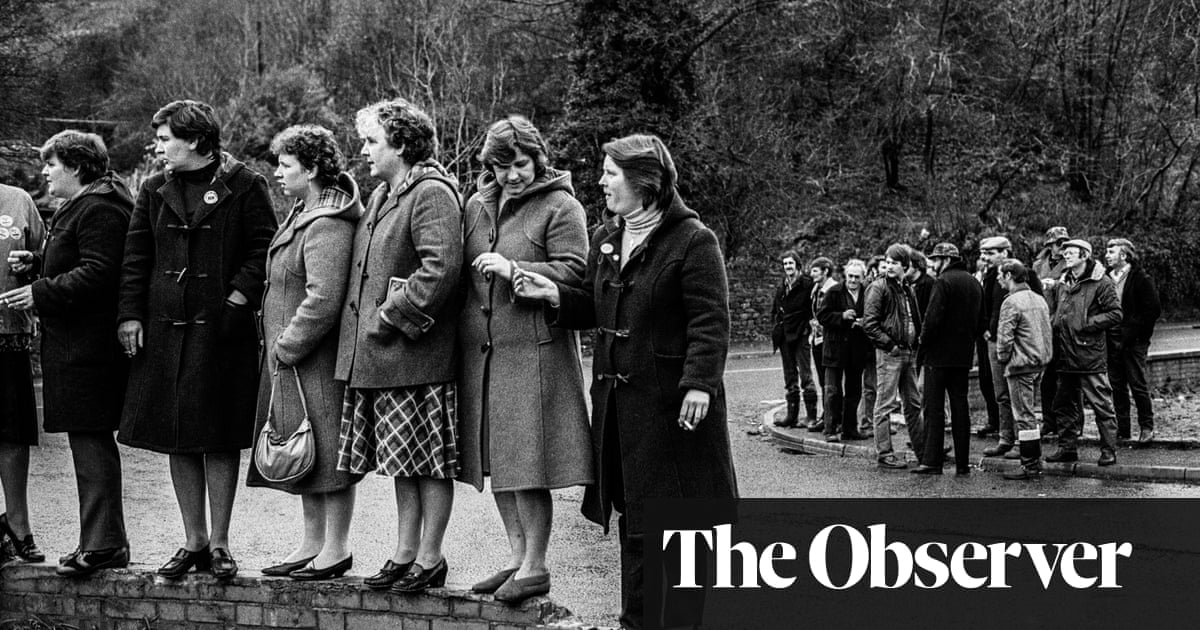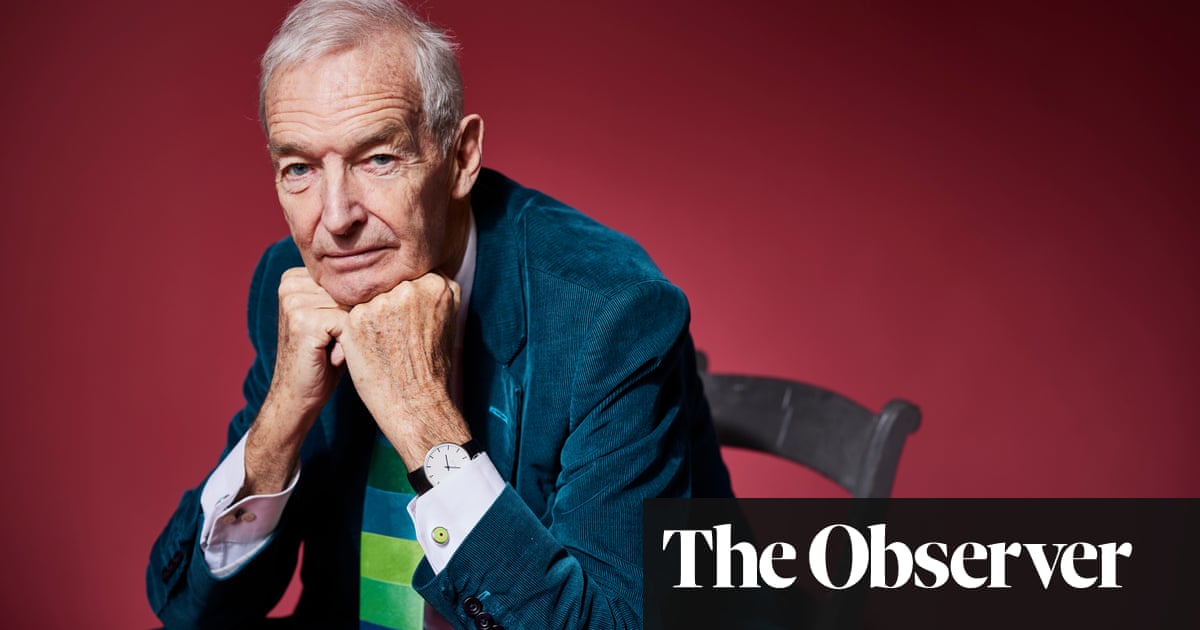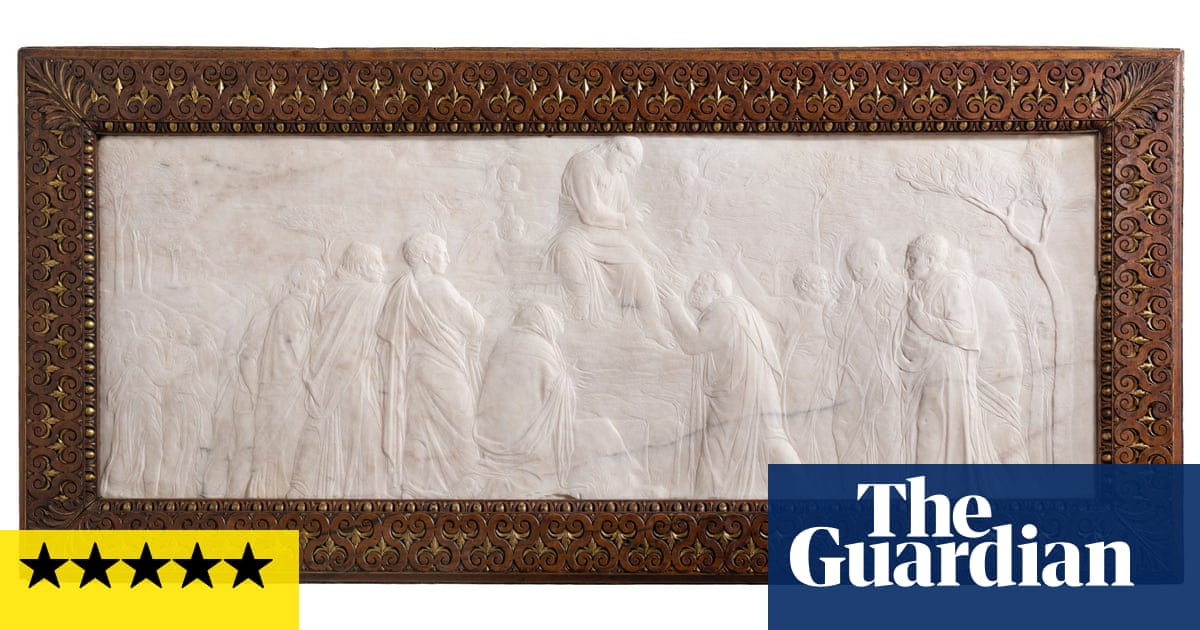
Perhaps incomprehensibly for the people and communities who lived through it, next year it will be 40 years since the violence and fury of the miners’ strike. Incomprehensible, because the dark shadow that year-long civil war cast – politically and economically, culturally and emotionally – still reaches far into people’s lives today.
Long before leave versus remain split families, friends and generations, this defining industrial action caused rifts between people as deep and wide as the seams that invisibly connect villages from Swansea to Fife. I know from my own community of Annesley in north Nottinghamshire that those rifts, those “sides of the pub”, that act of crossing the street to avoid a neighbour who took the opposite decision to either strike or work, can still exist to this day.
And though it has been the inspiration for an array of popular art and culture over the years, from Billy Elliot through to my own BBC drama Sherwood, the action often sits as a backdrop or adjacent to another separate story. But as time passes and the lived memories begin to fade, it’s a serious and seismic enough subject to be worthy of Prof Robert Gildea’s ambitious and exhaustive record, based on oral testimonies from miners and their families.
Backbone of the Nation features an impressive if occasionally, for the reader, unwieldy cast of about 100 former furnacemen, fitters, face workers and family members across the six major coalfields of – from south to north – Kent, south Wales, the east Midlands, Yorkshire, County Durham and Fife. It’s a vivid and evocative panorama for those either interested in the final throes of industrial society or who come from such communities, stretching from the steelworks in Port Talbot to the Immingham docks on the Humber to the shipyards on the Clyde; through church halls and social clubs, living rooms and streets.
Gildea acknowledges upfront the main challenge for any historian; history does not exist in the minds of the people who lived it as a static, stationary thing. “As the world changes, so interviewees, like historians, revisit and rethink their accounts of the past.” Indeed the contemporary frame through which we might revisit 1984 today makes it never more urgent and resonant. Ours is a troubled land where the return of disruptive strikes has become commonplace; of north-south divides, of “levelling up” and “the left behind”, of the ruinous economic policies of Liz Truss and new legislation to limit and suppress mass protest. Of energy, environmental and cost-of-living crises, and of the fracturing confidence and fraying social contract between citizens and the police.
The book’s title is borrowed from 87-year-old former miner Thomas Watson, interviewed at his home in Fife. “My father used to say, the miners are the backbone of the nation. Without them the country just could not go.” Well, it was Margaret Thatcher who famously decided that it was the miners and their union that must “go”, and betted the survival of her government upon it. Gildea is good at setting up the context for the epic struggle to come, how haunted successive governments were by past failures, most infamously the Battle of Saltley Gate in 1972. Mass picketing at the fuel depot in Birmingham brought Edward Heath’s administration to its knees, losing him the next election and ushering a mouthy and militant Arthur Scargill – “the hero of Saltley Gate” – to national prominence.
But politicians and police don’t feature in the testimonies. Backbone is about giving voice to those who suffered and struggled to survive, though there’s disagreement about who the “backbone” actually were. Activist Heather Wood from Easington claims that it was the mining women. “They’ve always been the ones who actually went out and did.” From the act of fundraising to picketing and, as Lesley Hogg in Askern remembers, even dressing up for the kids that winter. “There wasn’t a Father Christmas, there was a Mother Christmas.”
Jayne Headon in the Dulais valley remembers her grandmother Hefina. “Nearly every evening would be taken up by a committee meeting of some type. She had a different briefcase or bag for each committee’s paperwork, and these would be lined up in the parlour to pick up and leave.”
The women recount their frustrations over the cultural clashes between the college-educated middle classes and the “working-class feminism” of their communities. Anne Scargill, wife of Arthur, references sceptically the “intellectuals like those women’s libbers… I don’t mean that in a nasty way. They have a lot of things going for them which we haven’t had… But our confidence goes a long way.”
The recurring references to various area executives, committees, branches, lodges, directors and delegates, alongside the locations and names and intertwining relationships, can threaten to overwhelm – but that was the world. And Gildea tries to help foreground the necessary protagonists, from “Red Ronnie” Campbell at Cowdenbeath, to Peter Robson at Askern, the “best-dressed picket” on the line. And the Dirty Thirty of Leicestershire – the only miners to strike in that region for the full year.
Where the catalogue of accounts becomes particularly revelatory is in the way it reminds us that even the same sides of the strike weren’t one monolithic, homogenous block of conformity, as it sweeps across factions and traditions; the “broad left” in the “little Moscows”, the “moderates” of the Midlands. Here I was particularly pleased that, despite the stated intention to “foreground the strikers”, those who continued to work are given room to speak too, such as the “militant moderate” Steve Williamson in my home of Annesley, where only 50 of the 950 workforce stayed out. There’s a helpful unpacking to the complexities of that decision, and the difference between those who took union “rule 41” or “rule 43” as gospel, forging such a tectonic chasm between Nottinghamshire and the rest.
The most moving memories are, of course, the most personal ones. The rupture in the Richardson family in Askern, where Sue recounts how her father revealed that her sister’s husband Alan had gone back to work. This information was not supposed to be passed on, but Sue told her striking husband, Pete, and both Sue’s father, her sister and Alan found out. “I saw me dad in welfare, and I gave him some money to get a drink, and he said, ‘I don’t want your money’. He threw it back at me… And me dad never spoke to me since that day. He still didn’t speak to me before he died. So me and me sister fell out.”
What it does help the modern reader to realise is the scale of the collapse of the organised working class – those networks, that tradition – for the modern gig economy, the new precariat. Miners were seen as the “aristocrats of the working class”, but as we move through Orgreave, to the return to work, there’s the ongoing pain and resentment that continued long after the strike ended, with sackings and blacklists, divorces and suicides.
As such, much like the “Promethean” act of hauling coal from the “magical creature” that was the coalface, Backbone of the Nation feels like a necessary endeavour – dragging these testimonies from the darkness to the surface for future generations to continue the never-ending exercise of trying to interpret and understand.
James Graham’s Dear England is transferring to the Prince Edward theatre from 9 October. The second series of Sherwood will be on television next year
Backbone of the Nation: Mining Communities and the Great Strike of 1984-5 by Robert Gildea is published by Yale (£25). To support the Guardian and Observer order your copy at guardianbookshop.com. Delivery charges may apply
This article was amended on 21 August 2023. An earlier version had the Richardson family in Durham rather than Askern












